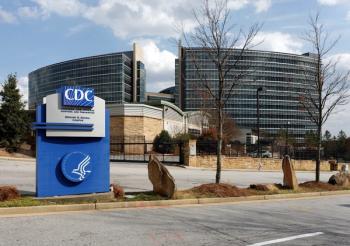
October inflation went up – but within expectations
Key Takeaways
- The consumer price index increased by 0.2% in October, with an annual inflation rate of 2.6%.
- Core inflation rose 0.3% monthly and 3.3% annually, meeting analyst expectations.
CPI up 0.2% for the month, up to 2.6% overall
Inflation ticked up in October but held close to Wall Street's predictions, the
Core
Medical care services were up 0.4%, while medical care commodities dropped 0.2% for the month. Energy costs, which had been falling in prior months, stabilized in October, with no monthly increase, while food prices rose 0.2%. Compared to a year ago, energy prices have dropped by 4.9%, and food costs have risen by 2.1%.
Housing costs, however, continued to drive inflation. The shelter index, which constitutes about one-third of the broader CPI, rose 0.4% in October, double the previous month’s gain. Annually, shelter prices are up 4.9%, accounting for more than half of the all-items CPI increase.
Other notable price changes included a 2.7% rise in used vehicle costs, a 3.2% jump in airline fares, and a 6.4% drop in egg prices, although eggs remain significantly higher, up 30.4% year-over-year.
Inflation-adjusted average hourly earnings saw a slight increase of 0.1% in October, amounting to a 1.4% rise over the past year. This modest wage growth suggests that while inflation has eased since its peak in 2022, price pressures still weigh on American households.
Experts say the latest inflation data adds complexity to the Federal Reserve’s strategy as it aims for a 2% inflation target. Although the Fed
President-elect Donald Trump has proposed increased tariffs and government spending, which could stimulate economic growth but also heighten inflation risks.
Newsletter
Stay informed and empowered with Medical Economics enewsletter, delivering expert insights, financial strategies, practice management tips and technology trends — tailored for today’s physicians.















